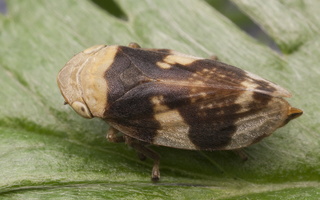- sort orderDefault
Photo title, A → Z
Photo title, Z → A
✔ Date created, new → old
Date created, old → new
Date posted, new → old
Date posted, old → new
Visits, high → low
Random - Google Map
- map
 home / Insecta · vabzdžiai / Hemiptera · straubliuočiai / Cicadomorpha · cikadiniai / Aphrophoridae · putinės cikados / Philaenus spumarius · paprastoji seiliūgė
home / Insecta · vabzdžiai / Hemiptera · straubliuočiai / Cicadomorpha · cikadiniai / Aphrophoridae · putinės cikados / Philaenus spumarius · paprastoji seiliūgė

-
 Philaenus spumarius · paprastoji seiliūgė
Philaenus spumarius · paprastoji seiliūgė
-
 Philaenus spumarius · paprastoji seiliūgė
Philaenus spumarius · paprastoji seiliūgė
-
 Philaenus spumarius · paprastoji seiliūgė
Philaenus spumarius · paprastoji seiliūgė
-
 Philaenus spumarius · paprastoji seiliūgė
Philaenus spumarius · paprastoji seiliūgė
-
 Philaenus spumarius · paprastoji seiliūgė
Philaenus spumarius · paprastoji seiliūgė
-
 Philaenus spumarius · paprastoji seiliūgė
Philaenus spumarius · paprastoji seiliūgė
-
 Philaenus spumarius · paprastoji seiliūgė
Philaenus spumarius · paprastoji seiliūgė
-
 Philaenus spumarius · paprastoji seiliūgė
Philaenus spumarius · paprastoji seiliūgė
-
 Philaenus spumarius · paprastoji seiliūgė
Philaenus spumarius · paprastoji seiliūgė
-
 Philaenus spumarius · paprastoji seiliūgė
Philaenus spumarius · paprastoji seiliūgė
Philaenus spumarius · paprastoji seiliūgė
- common froghopper, meadow froghopper, meadow spittlebug
- Wiesenschaumzikade
- paprastoji seiliūgė
- parastā putcikāde
- pienik ślinianka
- en.wikipedia.org/wiki/Philaenus_spumarius
- Spectacular variability of Philaenus spumarius
- britishbugs.org.uk/homoptera/Aphrophoridae/Philaenus_spumarius.html
Philaenus spumarius is quite common and widespread. The species' original distribution was restricted to the Palearctic realm. They are present in most of Europe, in North Africa, in part of Russia, in Afghanistan, and in Japan. They have also been introduced in North America.
The larvae are well known for the self-generated foam nests which can be observed during spring in meadows. Froghoppers are polyphagous, their host plant specificity is low, so that they can feed on a variety of plants, mainly grasses (Poaceae), reed plants (Juncaceae), herbs and sometimes trees. The larvae in the foam nests are largely protected from predators and also get the necessary moisture for the appropriate development and temperature, so their mortality remains low even in bad weather. The larval stage lasts about 50 days. The adults leave the foam nest only when it is completely dried.
Head pubescent, without median keel, entirely convex outer margin of the forewing, <10 spines on hind tarsi.